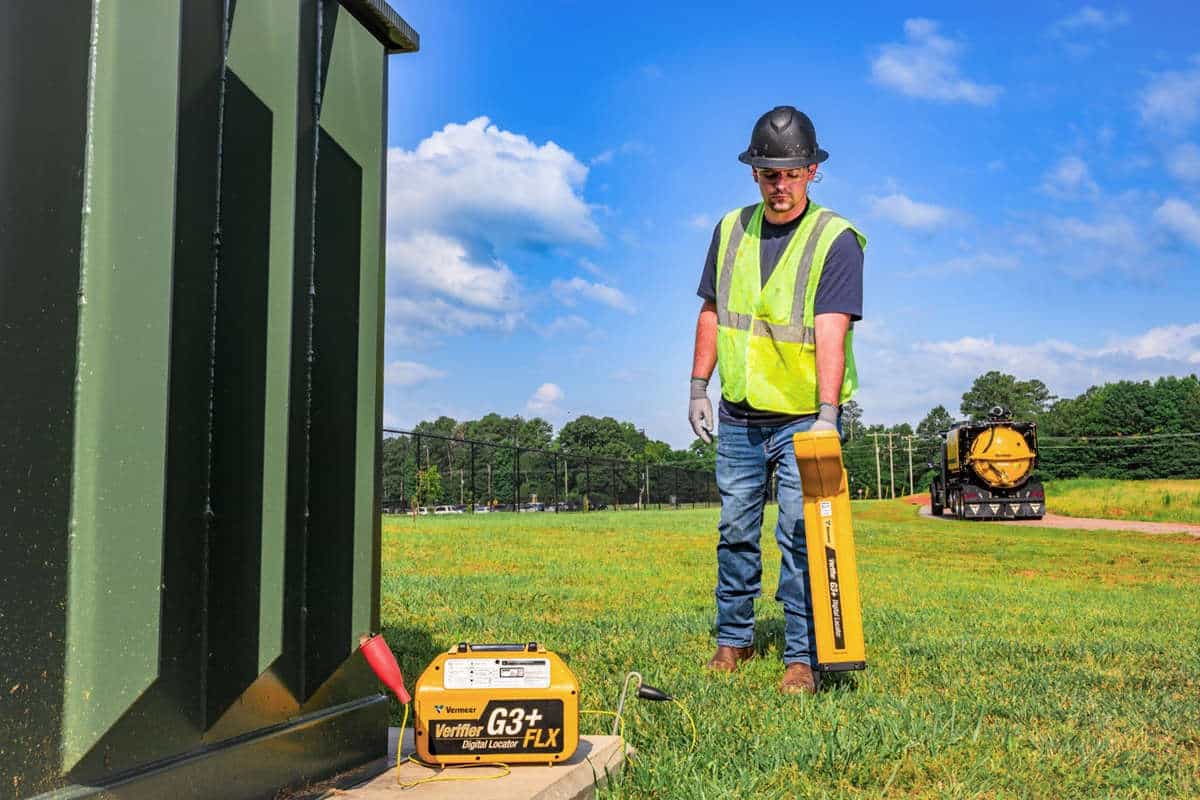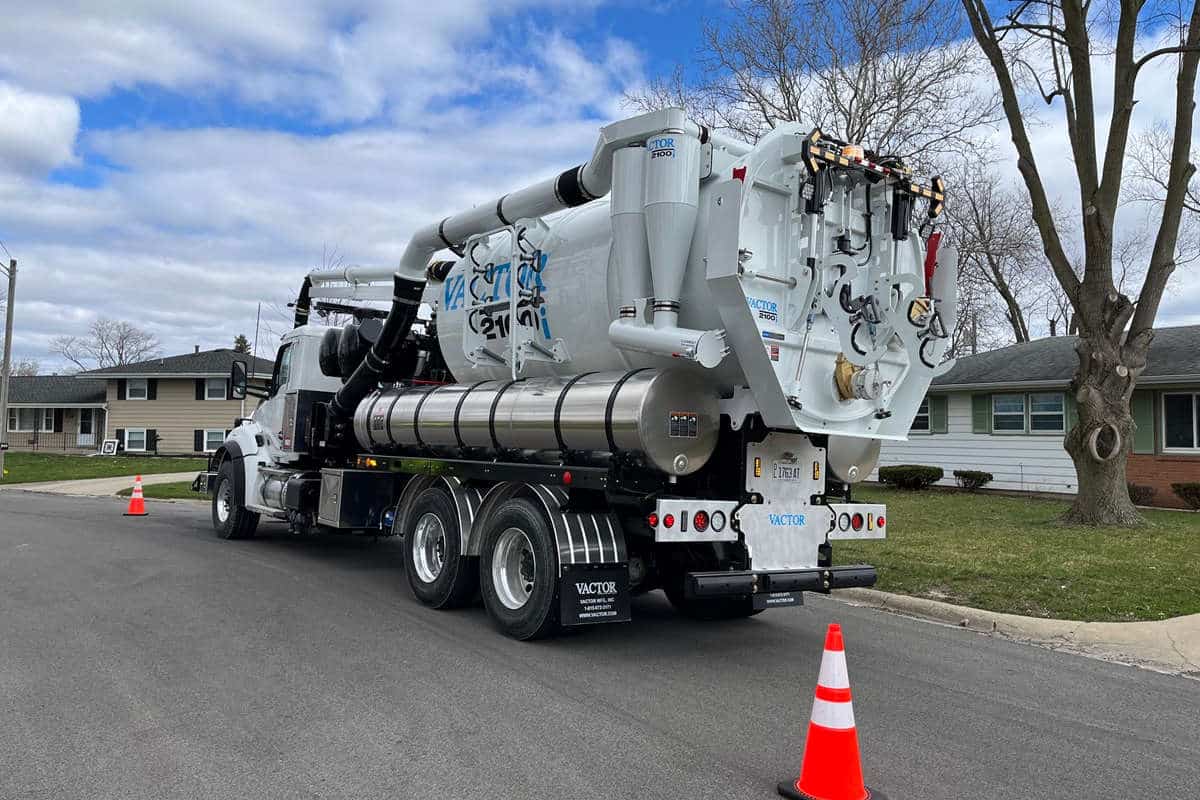On Time, On Line and On Budget
By Jim Weist
The utility infrastructure market is shifting more assets from overhead to underground to better protect the utilities and our environment. In the last year, companies like PG&E announced plans to invest billions of dollars to bury their electric lines. The move underground for utilities is expected to expand exponentially in the coming decade.
The boom in underground infrastructure does not come without its challenges as the ground beneath our feet becomes a maze of water, sewer, electric, oil/gas, and fiber, as well as abandoned lines and pipe. How do you install utilities without disrupting these existing utilities? One critical factor is knowing where the utilities are located. The other factor is precision installation. The ability to install lines precisely has become a critical service for the underground utility contractor.
MGL, Inc. is a utility contractor located in Cullman, Alabama, specializing in gas and water utility projects. They have many years of trenchless experience, entering the auger boring market with an American Auger 24/30 machine. Vice president David Bussman was looking to grow the business and expand their services to longer and larger diameter pipe installations.
Bussman, along with his superintendents Dale Morgan and Joseph Collins, spent many months meeting with suppliers and looking for the right equipment for their upcoming critical grade highway bores. A requirement for MGL was that the equipment included power and technology for precision auger boring. Precision auger boring refers to the method of first installing pilot tubes using a guided boring machine on-line and on-grade across the bore path. Pilot bores can be completed up to 600 lf and come within ½” accuracy of exact line and grade. Upon completion of the pilot bore, the guided bore machine is lifted off the track and a traditional style auger bore follows the pilot tubes with a cutting head or weld on reamer, providing a large diameter, precision bore. Bussman made a “precise decision.”
MGL chose a Michael Byrne D60-1.1 auger boring machine and an Akkerman 240A guided boring machine for upcoming installations which included 36- and 24-in. diameter bore crossings. Determining factors for selecting these machines include the power select feature on the D60-1.1M that utilizes the auger boring machine as the power pack for Akkerman guided boring system. Additionally, the horsepower, pressure, and flows of a Michael Byrne auger bore machine pairs perfectly to operate an Akkerman 240A. Flexibility to use the auger bore machine saves valuable space at the jobsite and the expense of a separate power unit for the guided bore system. Shorter hoses with quick disconnects to the auger bore machine were one of the features that appealed to Morgan and the MGL crew.
In early 2023, MGL was ready to tackle its first job with the new equipment. The Madison, Alabama-project required 390 lf of 24-in. casing. The 0 percent slope bore traveled under two highways and six lanes of I-565 through silty clay. The bore also had to be installed beneath a storm sewer at the exit pit. Grade was extremely critical.
The bore conditions were challenging with wet weather and groundwater coming in from the Tennessee River. The auger bore machine was operated at idle for Akkerman GBM installation. The idle speed and low vibration enable the camera and theodolite (target) to maintain a stable base and an accurate reading for the steering head. During the pilot bore installation the crew encountered a layer of hard, dry clay which became compressed around the pilot tube. Using this information MGL decided to add additional cutting teeth on the 24-in. swivel cutting head to better break through this tough clay layer.
MGL installed the pilot tube in three days while dodging rain drops. The 24-in. diameter, 390-ft conventional auger bore went seamlessly and was completed in four days. The ground conditions encountered during the pilot installation gave the crew a clear indication of what to expect during the conventional auger bore.
MGL completed the project on-time, on-line, and on-budget. MGL was impressed with the equipment, as well as the technology combining two traditional methods to install large diameter pipe. The project owner was duly impressed with MGL personnel and equipment. Upon completion of this bore MGL was awarded several additional bores for 24-in. force main and 24-in. gravity sewer under I-65, as well as 36-in. and 48-in. creek bores.
With their increased power and precision capabilities, MGL, Inc. sees a bright future for their company and trenchless utility installations in their growing region.
Jim Weist is president of Michael Byrne Mfg., a NUCA Sustaining National Partner.






